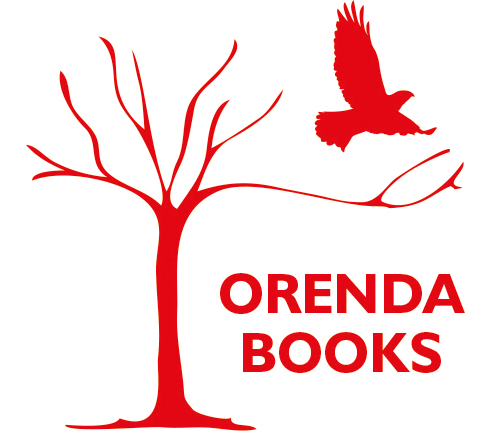Debut author Suzy Aspley talks about the inspiration for atmospheric gothic novel.
‘When the caws of the crows signal the last full moon of winter.’
Crow Moon is set across the month leading up to the rise of the last full moon of March, called the Crow Moon in some cultures. This is when the ground starts to thaw, earthworms and other creatures begin to emerge and many birds, including Corvids, start to collect materials to build their spring nests.
I’ve always been fascinated by birds and members of the corvid family in particular. Squads of blue-eyed Jackdaws wait to be fed and then land like a circus in the garden, squabbling and bouncing around comically, clearing any bread in seconds. Black-and-white magpies, or Geordie budgies, as we call them in our house, who cackle and taunt, and you hope always to see in pairs. Majestic ravens, with curved beaks and shining black feathers; blue and pink jays, which flash past in the forest chattering loudly.
And then there’s the crow, my favourite of all. Often solitary, although they mate for life, they’re highly intelligent, and once you’ve gained their loyalty they’ll watch and follow you, appearing when you need them. They’re said to remember those who’ve harmed or cared for them, and they’re reputed to grieve for their own dead. They’ve appeared throughout history and their shining black feathers are woven through folklore around the world. From the Native American Crow Tribes, to the fierce Celtic goddess Morrigan, the Gaelic winter witch the Cailleach, to Odin’s two ravens Huginn and Munnin, representing thought and memory, the crows and their kin have been revered and persecuted in equal measure throughout time.
‘In ink-dark forests, floats mountain witch
Her feathered cloak black as pitch
Fear manifest, how near she comes
To strip all things of flesh and bones.’
Long associated with witches and their craft, as familiars, and often strung up or burnt – as women accused of being witches were too – the crow became the perfect metaphor for the folkloric Feannag Dhubh, when I was writing Crow Moon. Feannag Dhubh was a woman believed to be able to shapeshift into a witch, but she was cast out by society. In some ways, she was like my main protagonist, Martha. Martha was ostensibly cast out and isolated by her own grief – solitary, but also fiercely loyal – and she too will bear a grudge against those who harm or threaten her family. So I used all of this to create the myth of the Feannag Dhubh, who lived in Strathbran (Glen of Ravens) and made offerings to the night at the moondial on the land where Martha’s house burned down, killing her twin sons.
Last year, we sadly lost our almost-tamed crow, who came every day to our garden to be fed. He was an older bird, his feathers flecked with white like flakes of snow, and last summer he brought his young, to feed. They’d watch him warily from nearby trees, or the top of the cabin. In his final days, his breathing visibly shallow, he’d come and sit on the wall, and we got closer than ever before, able to wish him farewell in the next life. A young crow, most likely one of his offspring, very occasionally comes closer now, but watches from nearby tall pines. Hopefully one day, it will know it’s welcome in our garden, too.
